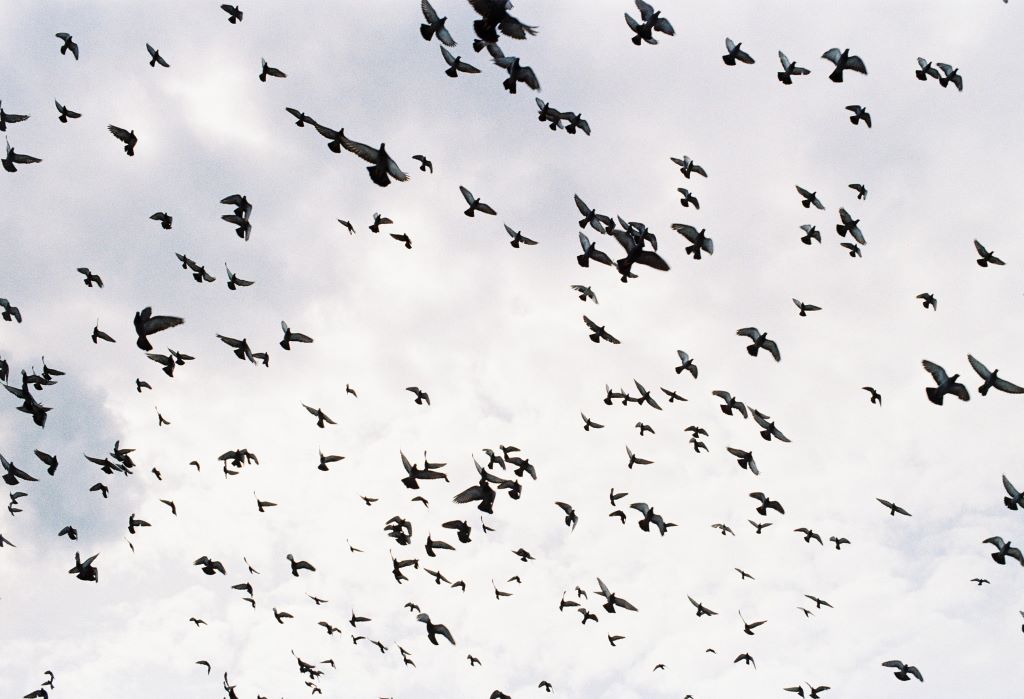It was a heartbreaking sight. Last year in Philadelphia, more than 1,000 migratory birds died after colliding with downtown buildings. This event is known as a mass bird collision, and this wasn’t its first occurrence. Every year in North America alone, mass bird collisions kill upwards of 1 billion birds. These are mainly caused by birds flying into the windows of tall city buildings, but window strikes at single-family homes have also contributed to bird deaths, albeit on a smaller scale. In this blog post, we’ll discuss other mass bird collisions in history, why they happened, and what we can do to prevent window strikes in our cities and neighborhoods.
Mass Bird Collisions, Then and Now
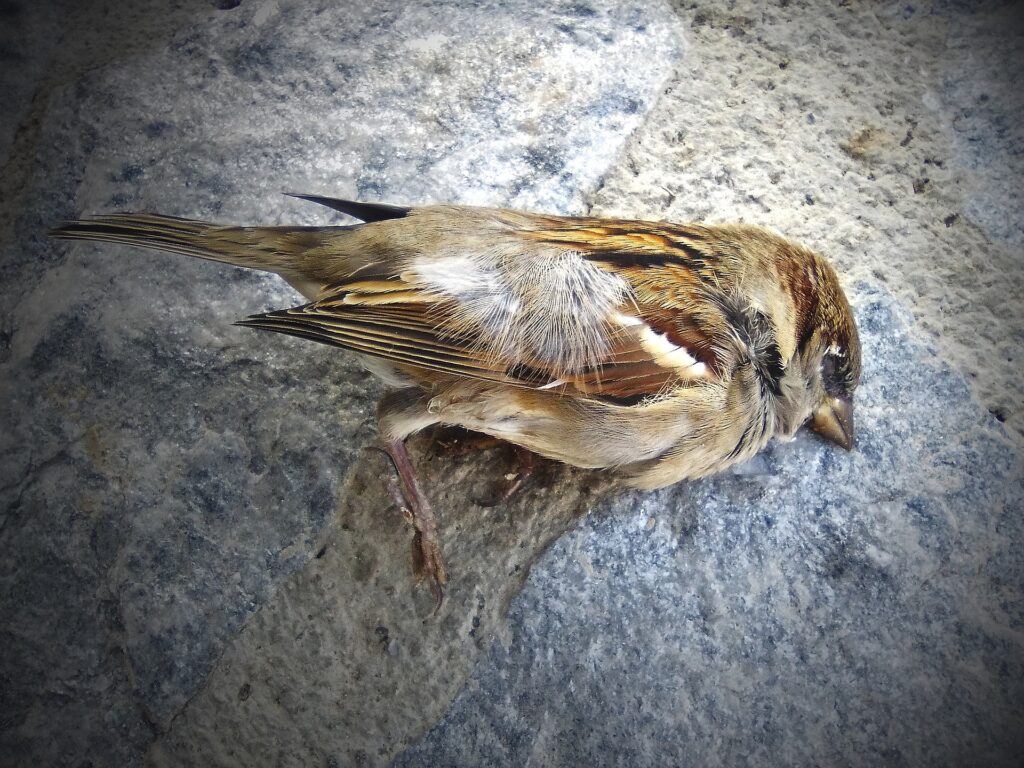
Mass bird collisions (from birds colliding into buildings) have been recorded since the late 19th century. Typically, these events were caused by fog and other weather conditions lessening visibility for migrating birds.
In the more recent past, mass bird collisions have been linked to the tall, lighted buildings of cityscapes. Such is the case in these statistics:
- In 1948, hundreds of birds in different cities—New York, Philadelphia, Baltimore, Washington, and Nashville—died on the same night, due to a mix of inclement weather and lit city buildings.
- Between 1978 and 2016, roughly 70,000 songbirds died from building crashes in Chicago.
- Between 1993 and 1995, more than 2,500 dead birds were found near tall Toronto buildings.
- In 2017, nearly 400 birds died from flying into a Texas skyscraper in the middle of a storm.
- During 2019, more than 300 birds died from crashing into the NASCAR Hall of Fame building in North Carolina.
- In New York City alone, approximately 200,000 birds die each year from flying into skyscrapers.
These statistics, though staggering, are only the tip of the iceberg. Researchers suggest that these numbers are vastly underreported since they’ve only recently started to record bird fatalities due to building collisions.
What Causes Mass Bird Collisions?
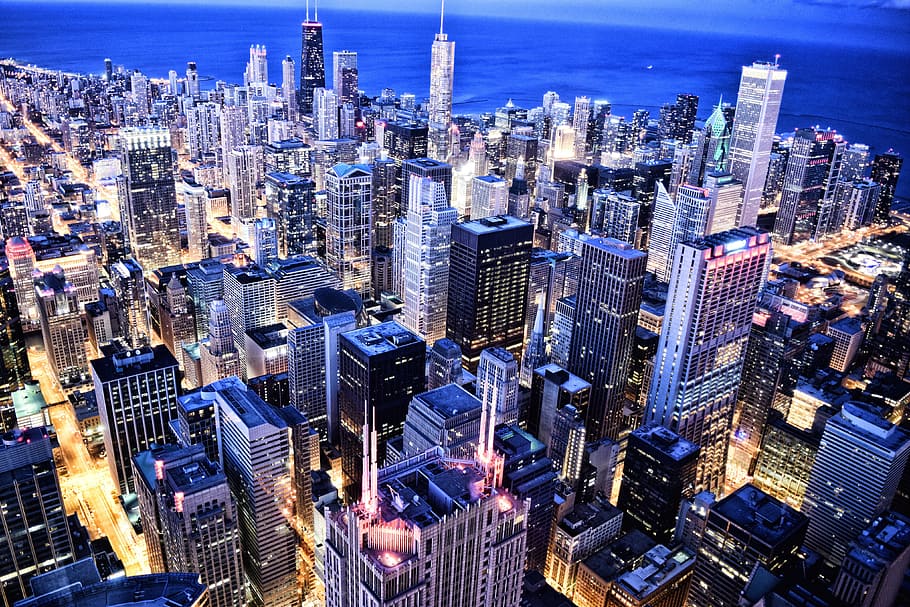
The simple answer: tall, illuminated buildings like those found in major cities. And since many modern buildings use glass and other reflective surfaces, it becomes a perfect storm. Birds are attracted by lights, but don’t recognize glass as a barrier. As a result, they fly straight into a building, thinking it’s a clear flight path.
Another contributing factor is that major North American cities—Chicago, Houston, Dallas, and Toronto—are positioned on major migratory routes. Birds often travel twice a year through these thoroughfares, which are dotted with hundreds of well-lit high rises.
Why Should We Care about Mass Bird Collisions?
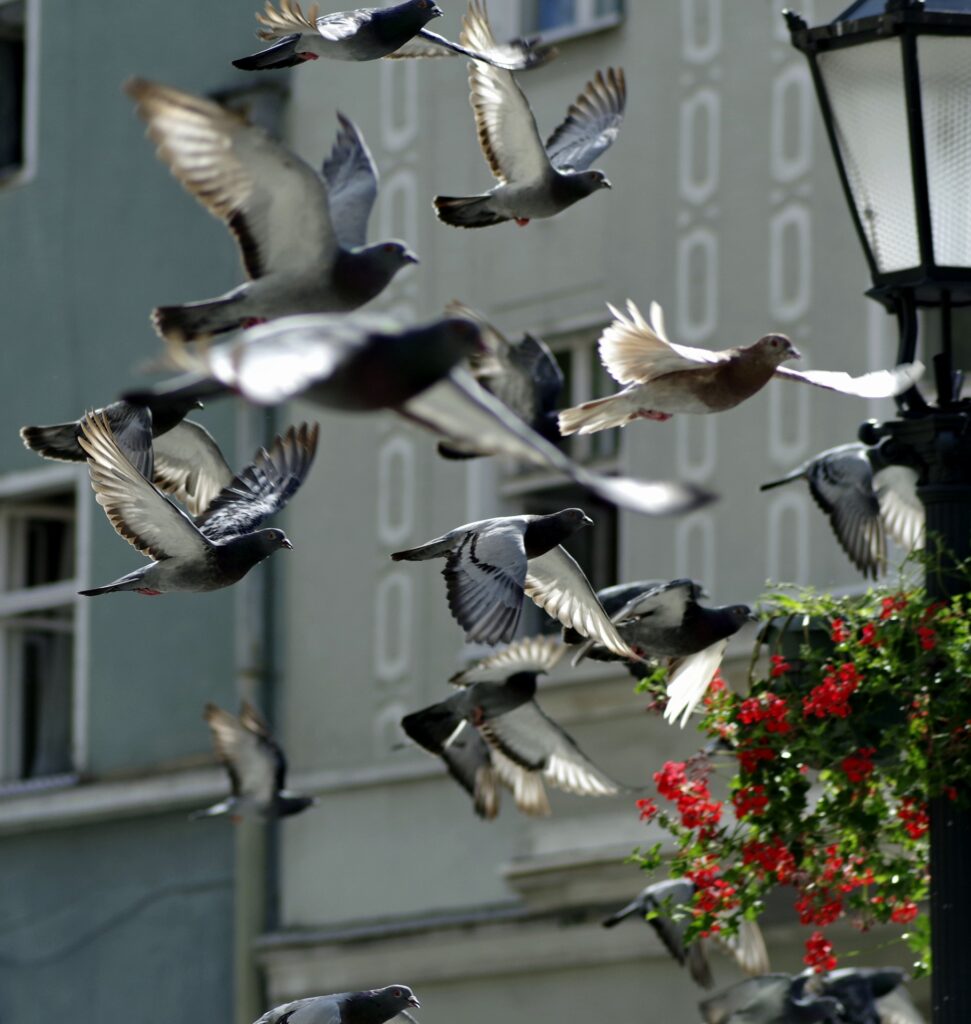
The bird population is under attack from several sources: mass urbanization is ruining their natural habitats, household cats and other predators are killing them in record numbers, and window strikes are on this list of major threats to our wild birds. All of these factors contribute to the astonishing statistic that we’ve lost nearly 30% of our birds in North America since 1970. Whether you’re a bird or nature lover or not, here are a few ways this loss affects us:
- Birds control pests; without them, more crops would be consumed, causing possible food shortages and rising inflation rates on basic food stuffs.
- Birds are pollinators; without them, a large percentage of plants (many of which we use for food or medicine) will fail to proliferate, and could even face extinction.
- Birds are nature’s clean-up crew; without them scavenging for dead carcasses, areas would be overrun with disease-riddled animal carcasses.
How Can We Help Prevent Mass Bird Collisions?
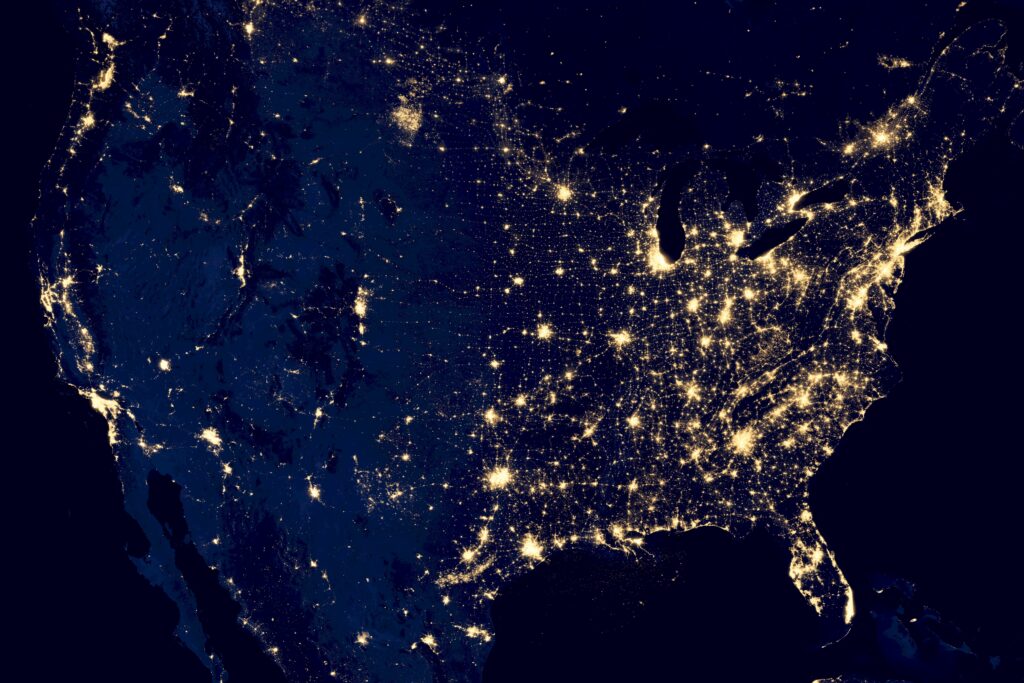
There are several programs that work at national and local levels to reduce light pollution and other factors that cause bird deaths in major cities. Here are some to get behind:
- The National Audubon Society’s Lights Out program.
- The bipartisan bill, the “Bird-Safe Buildings Act”
- The American Bird Conservancy
- New York City’s Project Safe Flight
- International Dark-Sky Association
How Can We Prevent Window Strikes at Home?

Though it’s a smaller number, part of the 1 billion birds lost yearly from window strikes occur at family homes. Have you ever experienced the gut-wrenching sound or sight of a bird hitting your window? As is the case with city buildings, the lights in your home act as beacons for birds in flight, who don’t understand that there’s a glass barrier in their path. What can we do to prevent these window collisions?
- Turn lights off when you leave a room, and cover the windows in lit rooms with blinds, shades, or other coverings.
- Place window decals on your windows.
- Install insect screens on your windows.
- Place bird feeders either within 3 feet of windows, or more than 30 feet away from them.
More Ways to Help the Birds
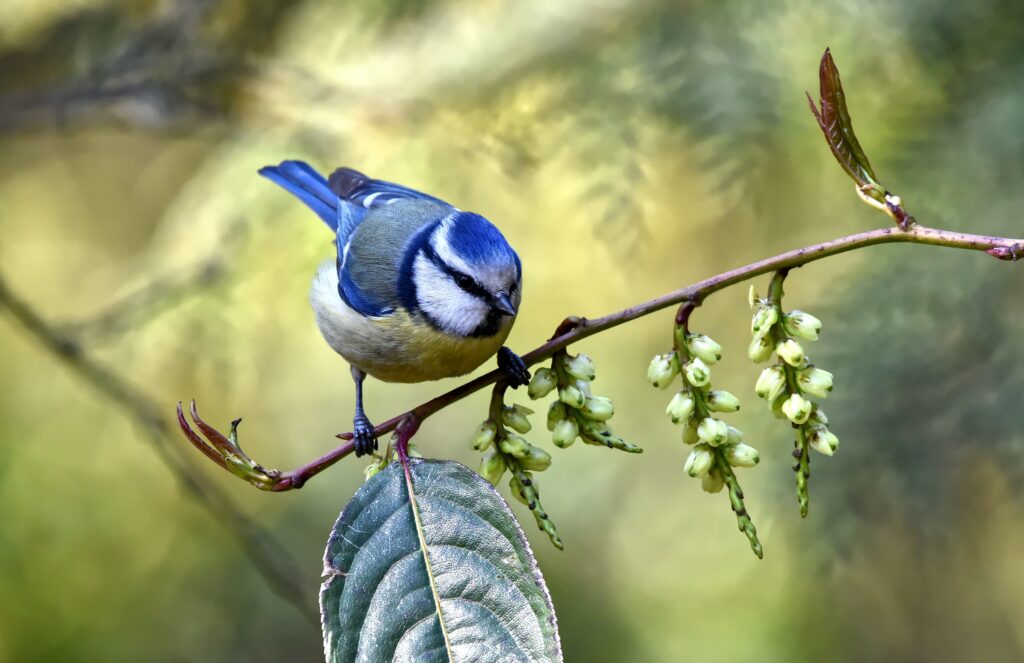
- Create a Southern California bird sanctuary in your backyard.
- Turn your garden or yard into a certified wildlife habitat.
- Feed your backyard birds all year long.
- Clean your bird feeders regularly to prevent the spread of bird disease.
- Keep cats indoors to protect your local birds.
- Learn how to support the declining bird population.
- Help birds survive wildfires.
Bird Lovers Unite! Come Flock with Us
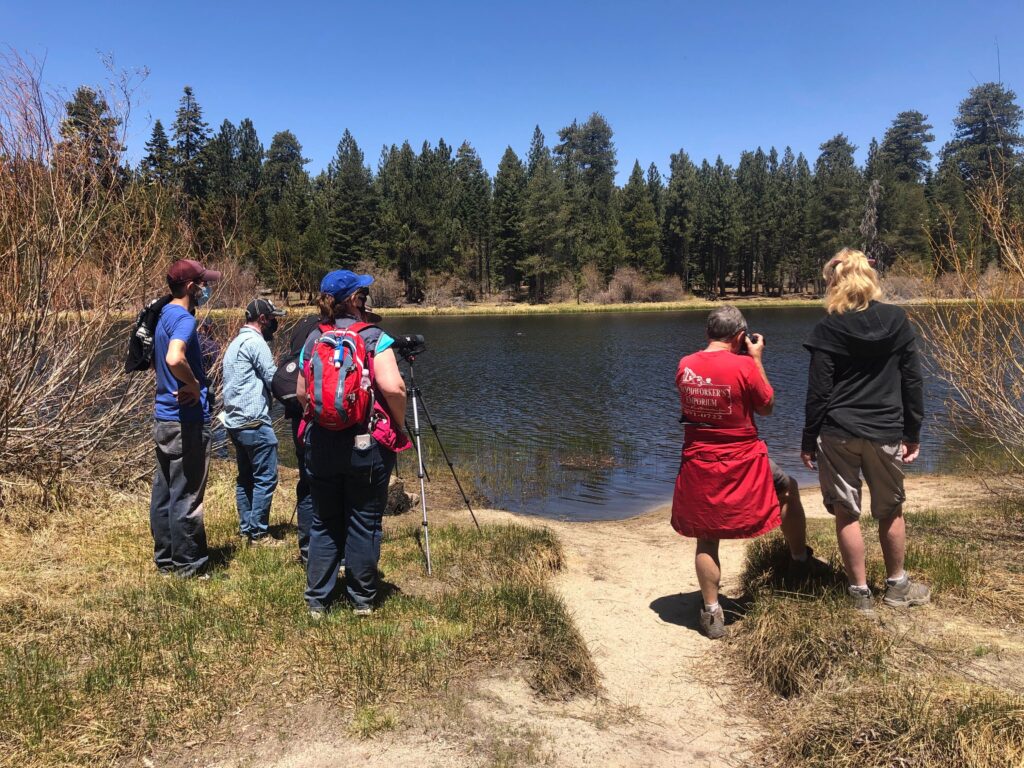
Love learning about birds, watching them in their natural habitat, and chatting with like-minded nature lovers? You sound like part of our flock! Join us, in person or virtually, for a Bird Walk or Bird Talk. Check Chirp’s Activities page for our schedule of events.

